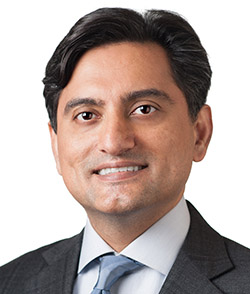
Minimally invasive cosmetic procedures, including fillers, neurotoxins and laser and energy device procedures are exceedingly safe and have essentially no risk of serious adverse events, reports a new Northwestern Medicine study that analyzed more than 20,000 procedures around the country.
This is believed to be the first large, multi-center study that prospectively analyzed the rate of adverse events among tens of thousands of cosmetic procedures done at many centers around the United States by experienced dermatologists. These procedures are used to decrease the visible facial signs of aging.
When side effects – such as bruising, redness, swelling, bumpiness or skin darkening – occur, they are usually minor and go away on their own, the authors report. Such minor adverse events occurred in fewer than 1 percent of patients.
For many years, there was a perception that minimally invasive cosmetic procedures are safer than larger, more invasive cosmetic procedures. However, there was little evidence to back up this belief.
The new study, published in JAMA Dermatology Nov. 5, was led by Murad Alam, MD, professor in Dermatology, Otolaryngology – Head and Neck Surgery and Surgery-Organ Transplantation.
“The message for patients is that if you are thinking of getting one of these procedures, you are not indulging in something drastic or high risk,” Dr. Alam said. “The take home is these procedures are very safe and can be mixed and matched to give the individual a significant cosmetic benefit, rather than getting one big cosmetic procedure that might be risky.”
Previous studies have been small (typically one physician looking at his or her own data) and retrospective, in which practitioners are asked to look back over the last year or years to determine complications. That approach tends to result in underestimates because physicians can’t remember and have a natural bias to not remember bad things even if they are trying to be accurate, Dr. Alam said. In addition, the critical data may not be available on the chart.
The Northwestern study looked at results of 20,399 procedures performed by 23 board-certified dermatologists at eight centers (private and institutional dermatology out-patient clinics) around the country prospectively during a three-month period per center, staggered over nine months to adjust for seasonal variation.
Physicians were asked to enter information into a central computer database on a daily basis. They entered how many procedures they performed each day, the type of procedure, whether a procedure had any complications and the nature of those complications.
Then the authors divided up the data by type of procedure to get the separate complication rate for each type of filler, laser or energy device and neurotoxin.
While all the adverse rates were low, the rates for fillers – 0.52 percent – were slightly higher than those for energy devices and neurotoxins. However, this is to be expected, the authors said, because in the world of non-invasive and minimally invasive procedures, fillers are slightly more invasive than lasers and neurotoxins.
The study was supported by research funds from the dermatology department of the Feinberg School.






